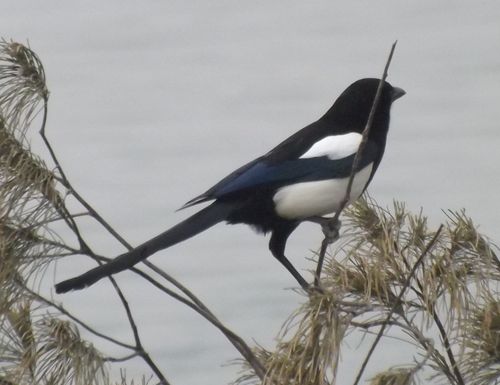Traditional Chinese Art and Craft Motifs
The large majority of craft motifs, that is the decorations used in Chinese art and craft can be categorized as belonging to either of the following several categories:
- Nature
- Objects
- Everyday life
- Stories (related to historic events or persons)
- Mythology or religion
Art and Craft Motifs as an Expression of Chinese Culture
A lot of these craft motifs have a symbolism attached that is peculiar to Chinese culture, and often it is linked/related to the Chinese language or uses the pronunciation of written, auspicious characters for word plays involving pictures that are painted on porcelain.
Many objects depicted in Chinese arts and crafts, be it paintings, ceramics, carvings, embroidery, or other, represent a symbolism that is inherent to and exists in all traditional crafts of China. Even buildings, roofs and interiors of houses were decorated with these motifs.
Some objects directly symbolize certain concrete, real or
non-touchable, ethereal qualities, which are considered desirable in Chinese
culture.
Others objects, plants, animals or deities are in direct or indirect association with a certain
symbolism through either the meaning they represent, or an association of the character pronunciation of their names; these in turn are then associated with
a positive meaning or desirable effect.
Even certain colors or shapes are associated to good meanings in Chinese culture.
Not all of this association is limited to positive or desired things,
actually this symbolism penetrates the whole life.
Negative
associations or the darker aspect of this is nowadays often related to what we
would call superstition. Usually, it is not the subject of decorative
arts, however.
The following list shows some of the more popular subject materials used in the decoration of traditional Chinese crafts.
|
Landscapes | Mountains, rocks, rivers, streams, waterfalls, valleys, etc. |
| Buildings, etc. | Pavilions, kiosks, thatched houses, table and chairs, palanquins, etc. |
| Animals (incl. mythical) |
Lion, tiger, elephant, water buffalo, dog, cat, crab, hare, deer, the mythical qilin, dragon, etc. |
| Flowers | Orchids, chrysanthemums, roses, peonies, lilies, etc. |
| Fruits, vegetables | Peaches, plums, persimmons, bottle gourds, cabbage, etc. |
| Birds, bats (incl. mythical) |
Bats, cranes and herons, sparrows, magpies, parrots, phoenix |
| Insects | Cicada, praying mantis, bees, butterflies |
| Fish | Carps |
| Plants | Trees, plum trees & blossoms, willows, bamboo, grass, pines, lingzhi (fungus), etc. |
| People, deities, or stories as subjects | Eight immortals, 18 arhats, Romance of the three Kingdoms, 24 virtuous people, etc. |
See also Human motifs in Chinese pottery and porcelain decorations.
Example:
The magpie below is a typical example of such a symbolism. Therefor it is frequently encountered on porcelain decorations.
Due to the pronunciation of a character in its Chinese name the magpie is associated with the character for "happiness", which is pronounced in a similar way. Thus the magpie is considered an auspicious symbol and it represents the meaning of "happiness" in porcelain decorations.

